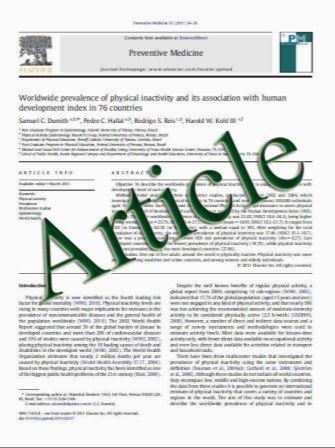MR perfusion and diffusion imaging in the follow-up of recurrent glioblastoma treated with dendritic cell immunotherapy: a pilot study
- نوع فایل : کتاب
- زبان : انگلیسی
- مؤلف : Matej Vrabec & Sofie Van Cauter & Uwe Himmelreich & Stefaan W. Van Gool & Stefan Sunaert & Steven De Vleeschouwer & Duڑan ٹuput & Philippe Demaerel
- چاپ و سال / کشور: 2010
Description
Introduction This study aims to determine the potential value of MR-PWI and MR-DWI to differentiate immune therapyinduced inflammatory response from recurrent glioblastoma tumour growth. Both can present as contrast-enhancing lesions on conventional magnetic resonance imaging (MRI). Methods Patients with recurrent glioblastoma who could obtain a total or near-total resection were treated with dendritic cell immune therapy according to the HGGIMMUNO- 2003 trial. A retrospective analysis of 32 followup MRI examinations (mean follow-up time 21 months) in eight patients was performed for this pilot study. For the statistical analysis, the 32 examinations were divided into three groups: 0—obtained in patients that remained stable during the follow-up period, 1a—obtained in progressivetumour patients at time points before definite progression and 1b—obtained in patients at or after progression. Results Maximum lesional rCBV ratios were highest in group 1b (Student t test, 9.25±2.68; p<0.001) and were higher in group 1a (4.87±1.61, p<0.001) compared to group 0 (1.22±0.47). The minimum apparent diffusion coefficients (ADCs) in the contrast-enhancing regions were lower in group 1a (0.62±0.06×10-3 mm2/s) than in group 0 (1.03±0.43×10-3 mm2/s, p=0.01) and higher in group 1b (0.76±0.08) compared to 1a (p=0.02). The minimum ADCs in the FLAIR-hyperintense region were lower in group 1a (0.62±0.06, p=0.02) compared to group 0 (0.76± 0.16) but not significantly different in group 1b (0.68± 0.07) from groups 0 and 1a (p=0.33, p=0.10). The mean ADCs of the FLAIR-hyperintense region and the mean ADCs of the contrast-enhancing lesion were not significantly different. Conclusion The maximum lesional rCBV ratios and minimum ADC values in the contrast-enhancing area arepotential radiological markers to differentiate between immune therapy-induced inflammatory response and recurrent glioblastoma tumour growth in glioblastoma patients treated with immune therapy
Neuroradiology DOI 10.1007/s00234-010-0802-6 Received: 27 August 2010 / Accepted: 4 November 2010


